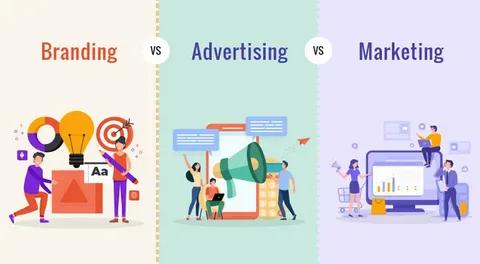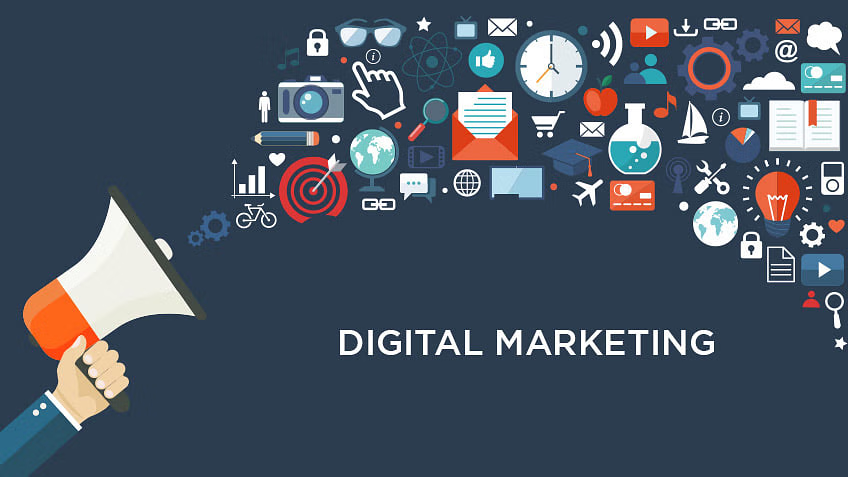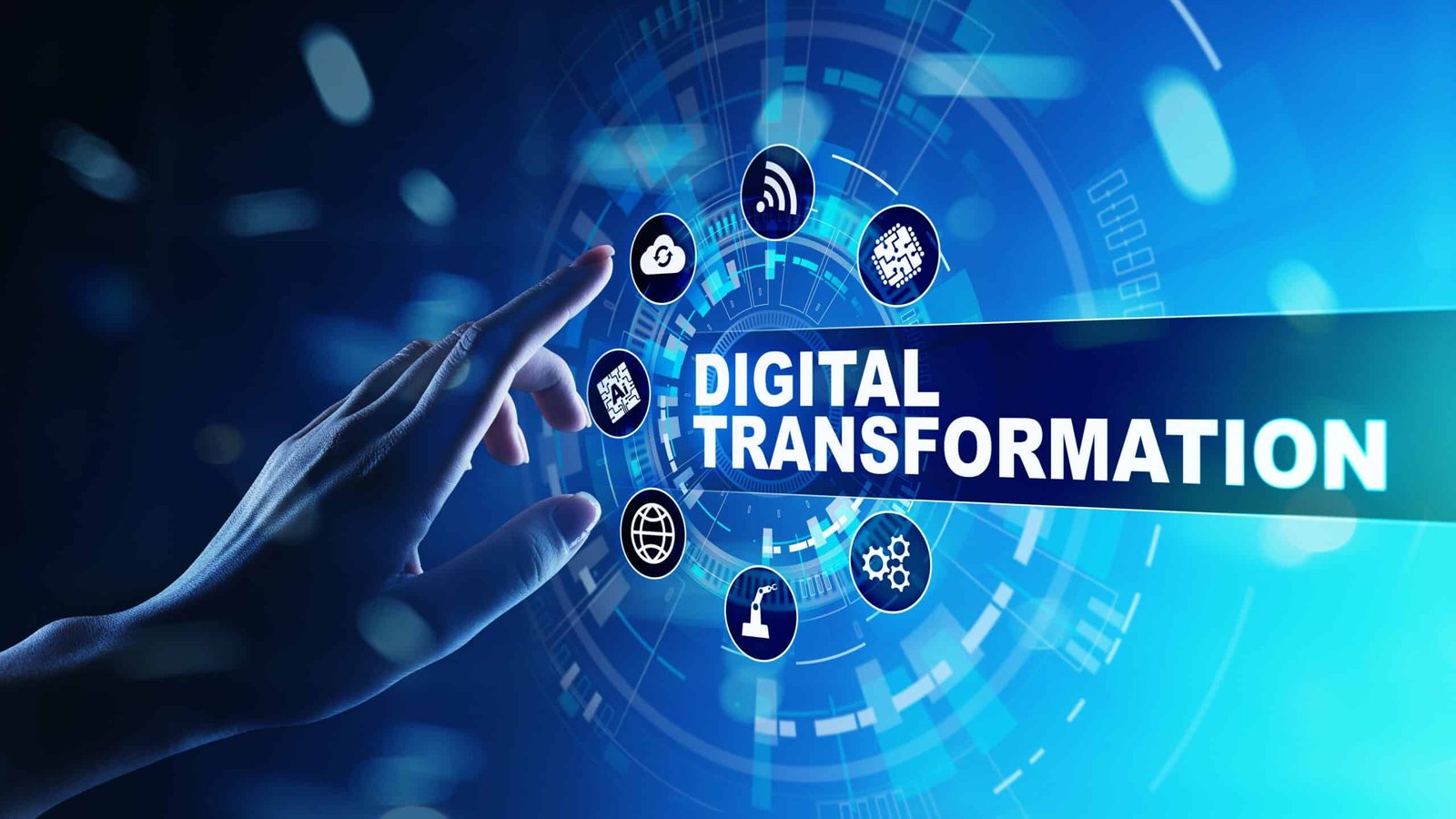How to Start an Online Business A Complete Guide for Beginners
In today’s digital age, starting an online business has never been easier. Whether you’re looking to turn your passion into a side hustle or start a full-time business, the opportunities are endless. In this article, we’ll explore everything you need to know about starting an online business, from the basics to actionable steps that will help you succeed in the digital world.
What is an Online Business
An online business is any form of business that operates over the internet. It can range from e-commerce stores selling physical products to digital services like consulting or freelancing. Unlike traditional brick-and-mortar businesses, online businesses offer the flexibility of reaching a global audience, lower startup costs, and a more scalable business model.
Why is Online Business Booming
Digital Shift
With the rise of the internet, more people are shopping, working, and engaging online than ever before. The COVID-19 pandemic further accelerated this shift, making online business more relevant.
Lower Startup Costs
Traditional businesses require hefty investments in physical locations, inventory, and employees. In contrast, online businesses can often be started with little capital and a basic website.
Global Reach
One of the major advantages of online business is that you’re not limited to local markets. With the internet, you can access customers worldwide, opening up a huge potential for growth.
Flexibility and Freedom
Many online business models allow entrepreneurs to work from anywhere and set their own hours, making it a perfect choice for those seeking work-life balance.
Types of Online Businesses
E-commerce
Selling physical products online through your own website or marketplaces like Amazon, Etsy, or eBay. With platforms like Shopify and WooCommerce, setting up an online store is easy.
Freelancing
If you have a skill like writing, graphic design, or coding, freelancing is a great way to start an online business. Websites like Upwork, Fiverr, and Freelancer allow you to connect with clients.
Digital Products
Selling products that don’t require shipping, such as e-books, online courses, or software. This business model offers high profit margins since there are no physical goods involved.
Affiliate Marketing
Promoting other companies’ products and earning a commission for sales generated through your referral links. This is a popular choice for bloggers and content creators.
Blogging/Vlogging/Podcasting
Sharing your expertise or passion in a specific niche through blogs, YouTube, or podcasts. Monetization can be through ads, sponsorships, or selling your own products.
Steps to Start an Online Business
Identify Your Niche
Finding the right business idea is the first step. Think about what you’re passionate about or areas where you can provide value. Research the market to ensure there’s demand for your idea.
Conduct Market Research
Understanding your audience and competitors is crucial. Use tools like Google Trends, SEMrush, or even social media platforms to gauge interest in your product or service.
Create a Business Plan
While an online business can be relatively low-cost, having a clear roadmap will help you stay focused. Outline your goals, target audience, revenue model, and marketing strategy.
Build Your Website
A professional website is essential. Platforms like Shopify, WordPress, and Wix make it easy to build a user-friendly website even if you’re not tech-savvy.
Set Up Payment Systems
Depending on your business type, you’ll need a way to accept payments. PayPal, Stripe, and Square are popular online payment processors.
Market Your Business
Use social media marketing, content marketing (blogs, YouTube videos), search engine optimization (SEO), and paid ads to attract customers to your website.
Monitor and Scale
Once your online business is running, regularly analyze your performance using tools like Google Analytics. This data will help you improve your marketing and optimize your business for growth.
Benefits of Starting an Online Business
Low Overhead Costs
With no physical storefront, your operational costs are reduced, allowing for higher profit margins.
Scalability
As your online business grows, you can scale it quickly by reaching more customers without significant increases in cost.
Work From Anywhere
Running an online business means you’re not tied to any location. As long as you have an internet connection, you can operate your business from anywhere in the world.
Challenges of Running an Online Business
Competition
The internet is filled with businesses, so standing out in your niche can be tough. However, through effective SEO, marketing strategies, and offering unique value, you can differentiate yourself.
Marketing & SEO
Building organic traffic to your website takes time and effort. Using SEO (Search Engine Optimization) and digital marketing strategies is critical for gaining visibility.
Technology Challenges
Maintaining a website, dealing with technical issues, and managing online payments can sometimes be overwhelming, especially if you’re not tech-savvy. However, platforms like Shopify and WordPress make it easier.
Final Thoughts
Starting an online business offers exciting opportunities, but success doesn’t happen overnight. It takes time, effort, and a commitment to learning. By choosing the right business model, conducting thorough market research, and using effective marketing strategies, you can turn your online business into a profitable venture.
The world of online business is vast, and there’s no one-size-fits-all approach. Start small, stay consistent, and continue learning and adapting to changes in the digital landscape. With patience and persistence, you’ll be on your way to building a thriving online business.
Conclusion
Starting an online business is a powerful way to take control of your career, offering flexibility, global reach, and the potential for significant growth. Whether you’re looking to sell products, offer services, or share your expertise through digital content, the opportunities are vast. By carefully selecting your niche, conducting market research, and using effective marketing strategies, you can build a business that not only survives but thrives in today’s competitive digital world.
While the journey may come with challenges, the rewards of owning an online business—such as low startup costs, scalability, and the freedom to work from anywhere—make it an attractive and viable option for entrepreneurs. Stay committed, keep learning, and adapt to changing trends, and your online business can become a successful and sustainable venture.
1. What is the easiest type of online business to start?
The easiest online businesses to start are freelancing, affiliate marketing, and selling digital products. These usually require low startup costs and can be launched quickly with basic skills and internet access.
2. How much money do I need to start an online business?
You can start many online businesses with minimal investment, sometimes under $100. Costs may include a domain name, website hosting, and basic marketing tools. As your business grows, you can reinvest profits to scale.
3. Do I need a website to start an online business?
While not always required, having a professional website helps build credibility, attract customers, and serve as a central hub for your business. Platforms like Shopify, WordPress, and Wix make website creation simple and affordable.
4. What are the best platforms for launching an online store?
Popular platforms include Shopify, WooCommerce (on WordPress), BigCommerce, and Etsy for handmade or vintage products. Each platform has its own features, pricing, and target audiences.
5. How can I drive traffic to my online business?
You can attract traffic through search engine optimization (SEO), social media marketing, content creation (like blogs or videos), email marketing, and paid ads. Consistency and quality content are key.
6. What are the biggest challenges in starting an online business?
Common challenges include high competition, building trust online, learning digital marketing, and staying updated with technology. However, with the right strategy and mindset, these can be overcome.









